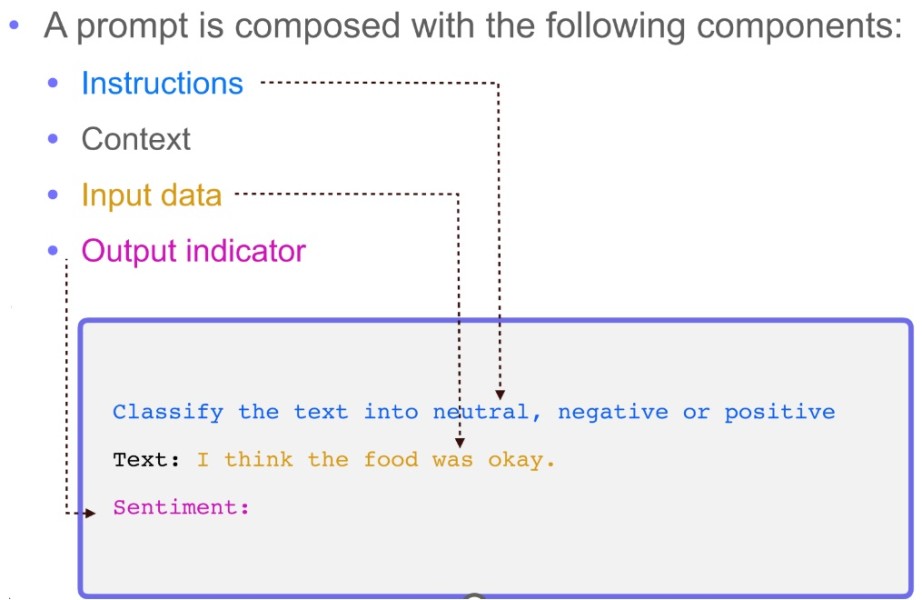There’s a fascinating transformation happening in the world of technology, and it’s centered around something we use every day without a second thought: language. Generative AI, particularly exemplified by models like ChatGPT, has revolutionized the way we communicate with machines. It’s like teaching computers to understand and respond to us using English, rather than the traditional coding languages like Java or C#. Let’s dive into how this incredible technology is shaping the landscape of software development and beyond.
Unlocking the Power of ChatGPT: A Game-Changer in Software Development Life Cycle
The question often arises: Can AI write code? The answer is an unequivocal “yes.” However, the process isn’t quite as magical as it sounds. What we’re witnessing is a revelation of the mechanics behind the curtain, a process that unveils how AI truly operates. Chatbots powered by AI serve as invaluable aids, efficiently generating foundational code for new projects. They effortlessly handle boilerplate code and provide essential logic, even suggesting appropriate file structures, technologies, and tools.
But here’s where the magic meets the reality: AI shines when it comes to creating small code snippets that can be refined and expanded over time. Requesting an AI to conjure an entire project based on comprehensive requirements often leads to buggy, error-prone code that’s hard to troubleshoot.
The Art of “Prompt Engineering”: Crafting AI Conversations
“Prompt” is the text that goes into the “Language Model”. “Prompt Engineering” is the art of designing that text (not where the text comes from or where it goes)
At the heart of this transformation lies the concept of prompt engineering—a process that empowers us to extract the full potential of AI. Think of a prompt as a question, a query that taps into the vast knowledge systems behind it. Imagine it as giving context to your conversation, embedding specific guidelines and language styles. This context-rich prompt guides AI in comprehending your needs and responding with precision.
Prompt engineering allows for a dynamic interplay. You inject context, guide AI’s search through the data, and then let the language model work its magic. Prompt engineering doesn’t just facilitate communication; it enables creative problem-solving. By framing prompts to elicit specific responses, developers can even define the desired outcome and let AI handle the rest. This process is dynamic and rapidly evolving, allowing for increasingly nuanced and accurate interactions between humans and machines.
The result – “A synergy that leverages AI’s innate capabilities while fine-tuning them according to your prompt’s parameters”. And here’s where the excitement builds: AI is becoming outcome-oriented. You don’t just ask for answers; you ask for solutions, and the AI designs the prompts to bring about the desired outcome.
Real-World Applications: Where AI Shines
The magic of AI and prompt engineering comes to life in real-world scenarios. Consider an AI chatbot aiding developers in crafting intricate algorithms, generating code based on context-rich prompts. Alternatively, envision using AI to swiftly respond to customer inquiries, enhancing user experience across various industries. As AI grows smarter and more attuned to human needs, the possibilities are boundless.
Embracing the Future: A Journey of Innovation
The current landscape of coding assistants offers developers two distinct avenues for seamless integration: “Plugins” and the innovative “Chat Explorer.” These variants cater to diverse preferences, allowing developers to harness the power of AI in a manner that best aligns with their workflow and coding style.
The marriage of generative AI and prompt engineering represents a pivotal moment in technology’s narrative. With each advancement, we edge closer to AI systems that can anticipate our needs, cater to our intents, and drive innovation across domains. As we embark on this journey, the potential to achieve outcomes beyond our imagination becomes increasingly tangible.
As we step into this exciting era, let’s remember that language, once a tool of human communication, has now evolved into a conduit for transformative AI-powered solutions. The journey ahead is fascinating, and the path to mastering the art of language-driven technology is full of awe-inspiring discoveries.




